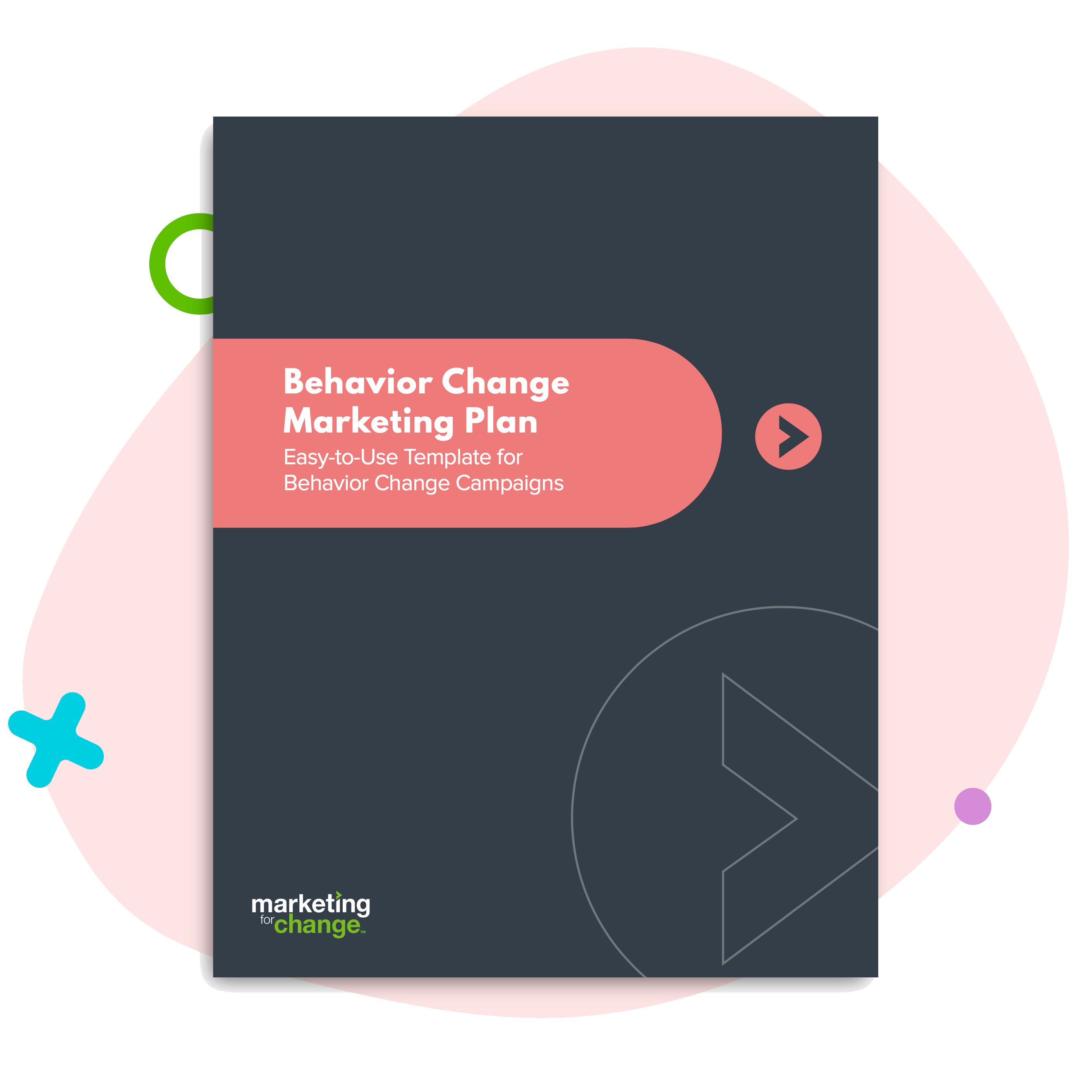
Still Doing Fly-Ins for Advocacy? You Might Need a New Flight Path
In a previous life, I recruited thousands of policymakers to give an assessment of their advocacy and lobbying interactions. The resulting feedback— deeply candid, often a little snarky — was what passed for TMZ-level hot gossip in the opaque, wool-suited world of government relations.
Beyond the sheer number of what I can only describe as advocacy #epicfails, I found myself most surprised by how little the day-to-day of advocacy aligns with the primary motivations and incentives of policymakers themselves. A few reasons why this might be the case:
- Advocacy lacks accountability: Advocates have traditionally used the passage of legislation as a marker for success. This approach, however, lacks teeth: there are so many influences on legislation that it can be hard to determine one’s own role. If the legislation goes your way, it’s easy to claim credit for it. If it doesn’t, it’s just as easy to blame a tough policy climate.
- It’s not great at innovation either: Despite the proliferation of govtech firms that help advocates better track and manage policymaker interactions, the actual tactics used haven’t changed that much over the last 30 years. Former Hill staffers are often asked to employ the same strategies they’ve seen themselves, while a lack of accountability (see above) results in few alarm bells that a strategy should be reconsidered.
- We forget policymakers are people too: Many advocates focus on big gestures instead of the slow but necessary work of building trust. I tell my clients to treat their policymaker relationships the way they think of one with their mother- or father in-law: make a great first impression, send cards for holidays, and only make an ask when you’re on their good side.
Why fly-ins should be grounded for good
Perhaps no tool in the advocate utility belt better represents advocate-policymaker misalignment than the fly-in.
By inviting constituents to speak directly with policymakers in DC, fly-ins do a couple things right: (1) Tie policy goals to constituent experience, and (2) Present third-party validation and support.
Here’s where things go wrong:
- Scale: Meeting with a handful of people doesn’t give policymakers a sense of how much overall support your organization or policy position garners in their district. Policymakers would be better served by meeting with one person who can credibly talk about the full scale of support.
- Neutrality: Any organization can find five people to take a free trip to DC. A more salient approach would involve organizational allies or other respected intermediaries who could demonstrate a wide and diverse coalition.
- Opportunity Cost: Fly-ins take a ton of time and money for resource-strapped government relations teams. More importantly, they fail to optimize use of your most scarce and valuable resource: policymaker time and attention. How could those resources be better leveraged to build trust with key decision makers?
- Saturation: Fly-ins have become such a ubiquitous part of advocacy strategy that policymakers will often attend multiple within the same day. In a crowded field, organizations benefit from memorable and meaningful interactions that provide utility to policymakers.
If you’re still reading, you’re probably saying to yourself: “Man this guy complains a lot. Just what our advocacy team needs — yet another person who can point out problems.”
Just wait! My passion for better advocacy (and contractual obligations) means you’ll be hearing from me quite a bit on Fun Easy Popular. Look out for my next post on the best way to build policymaker trust. (Spoiler: we’ll dive deep into that in-law metaphor. You’ve been warned.)






